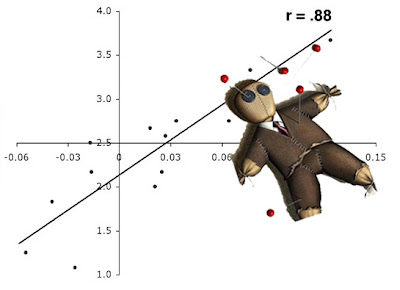We’ve all heard it. Killings by police in the line of duty have surged in Washington and the United States over the past decade, according to a Seattle Times analysis. During that period, only one police officer has been criminally charged in state courts with the illegal use of deadly force on the job.
In fact, that case is the only one to be brought in the three decades since Washington enacted the nation’s most restrictive law on holding officers accountable for the unjustified use of deadly force.
Not This Time! and Washington For Good Policing (W4GP) are a grass-roots movements that evolved from the killing by the Seattle Police Department of Mr. Che Andre Taylor on February 21, 2016. The campaigns are working to collect 350,000 signatures to put Initiative 873 in front of Washington State’s legislature in January 2017.
This is the first legislative initiative of its kind in the nation that would put forth police accountability. If passed, the legislative initiative may be a model for other states.
The initiative appears to be gaining momentum. It is endorsed by the Seattle Police Department, the ACLU of Washington, numerous state senators, Seattle Mayor Ed Murray, Seattle City Attorney Pete Holmes, Kshama Sawant and Lorena Gonzalez of the Seattle City Council, Lisa Duggaard of the Public Defenders Association, Jim Cooper and Jessica Bateman of the Olympia City Council.
Also, the following newspapers and media outlets have discussed and encouraged the passage of the bill:
- Guest Editorial: Why You Should Sign Initiative 873 to Change the State Law on Police Killings, The Stranger
- Decision not to charge police in Pasco killing sparks more calls for legal reform, Tacoma News Tribune
- Law on deadly force by police could change, KING-TV
- The Faces Behind the Numbers, Scrutiny of Police Shootings Brings both Analysis and Emotion, Seattle Times
- Initiative Could Change WA Statute on Deadly Force by Police, Public News Service
- Family rejects ruling that backs police shooting of Tacoma woman, KOMO News
- Initiative Could Change Prosecution of Officers in Deadly Force Cases, KXLY Spokane
- John T. William’s Brother Speaks of Peace After a Violent Weekend, Indian Country
- Let us Breath: We Need to Pass I-873 into Law, The South Seattle Emerald
- Initiative Targets State’s Ability to Charge Police Who Use Deadly Force, The Olympian
- We Can Channel Our Anger to Make Change that Matters, Seattle Times
- Mayor and SPD Back Citizen Initiative to Enable Prosecutions of Killer Cops, The Stranger
- Making it Easier to Prosecute Cops Who Kill, The Stranger
- Congressman Adam Smith endorses I-873 Anti Police Brutality Initiative, Seattle PI
- Is the Standard for Prosecuting Police too High, KIRO 7
- Men Shot by Police Join First Anniversary Protest, The Olympian
- Petition Aims to Hold Officers Accountable, ABC, Tri-Cities
It’s refreshing that I-873 has such a broad range of support, especially from the Seattle Police Department. Let’s move forward with the hope that holding officers accountable for unjustified shootings increases respect for police and professionalism within police ranks. For sure, it’s step in the right direction.
Please contact my office if you, a friend or family member are charged with a crime. Hiring an effective and competent defense attorney is the first and best step toward justice.














